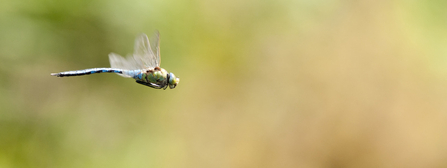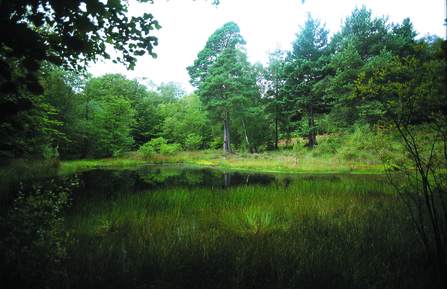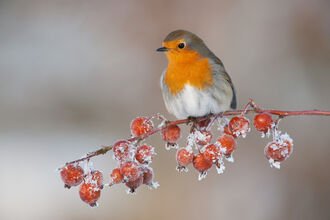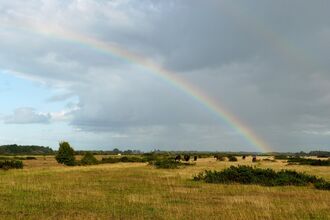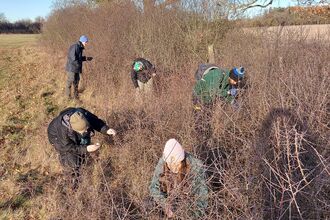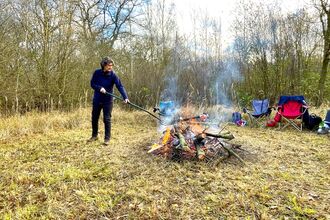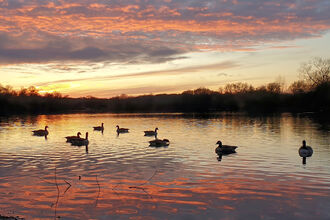Sole Common Pond in West Berkshire is one of the least visited BBOWT sites. Over the years, I have seen maybe a dozen people up there, usually disappearing amongst the trees.
It is a small, acid pond set in the woods – if you look for it on Google Earth it shows up as a dark clearing in the trees, but at ground level it is more open, with the large trees set back enough to let the sunlight in.
On one side there is a small area of heathland, giving an idea of what the land was like when Sole Common served as a community resource, and on the other the hillside goes up through beeches and chestnuts.


